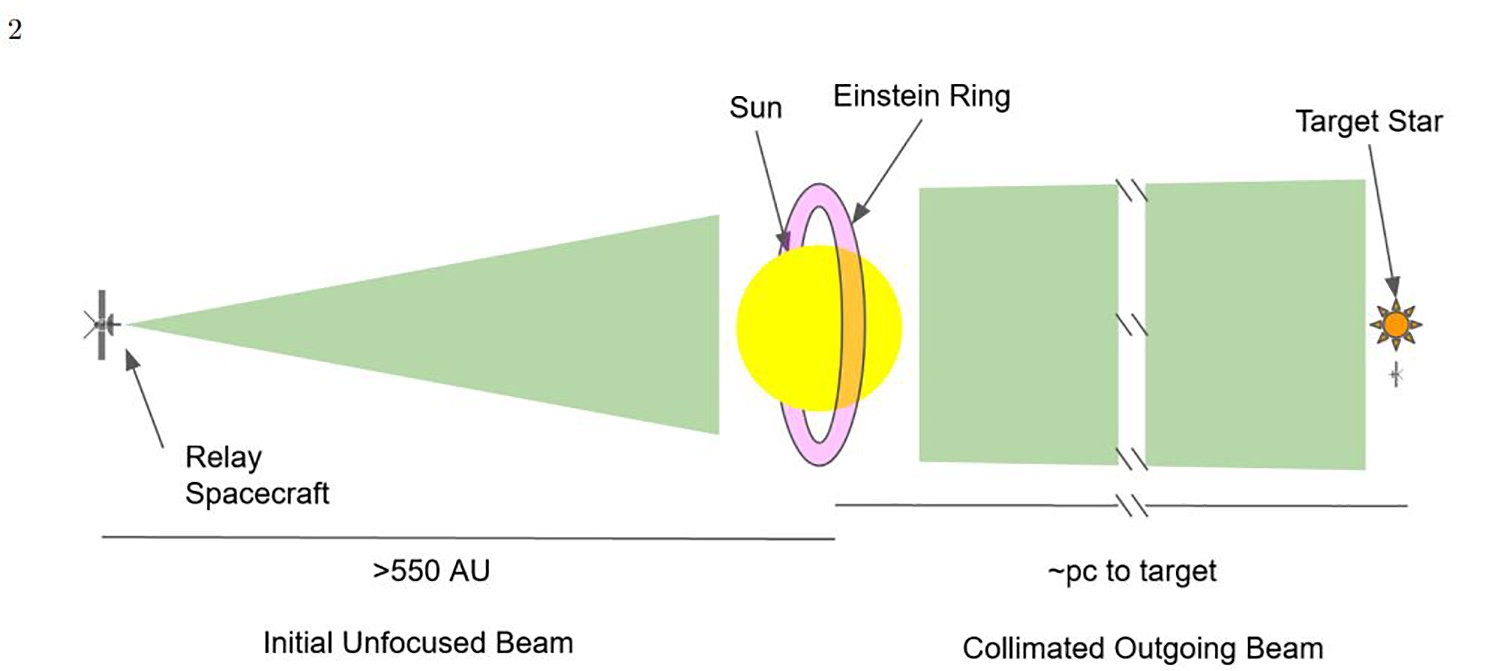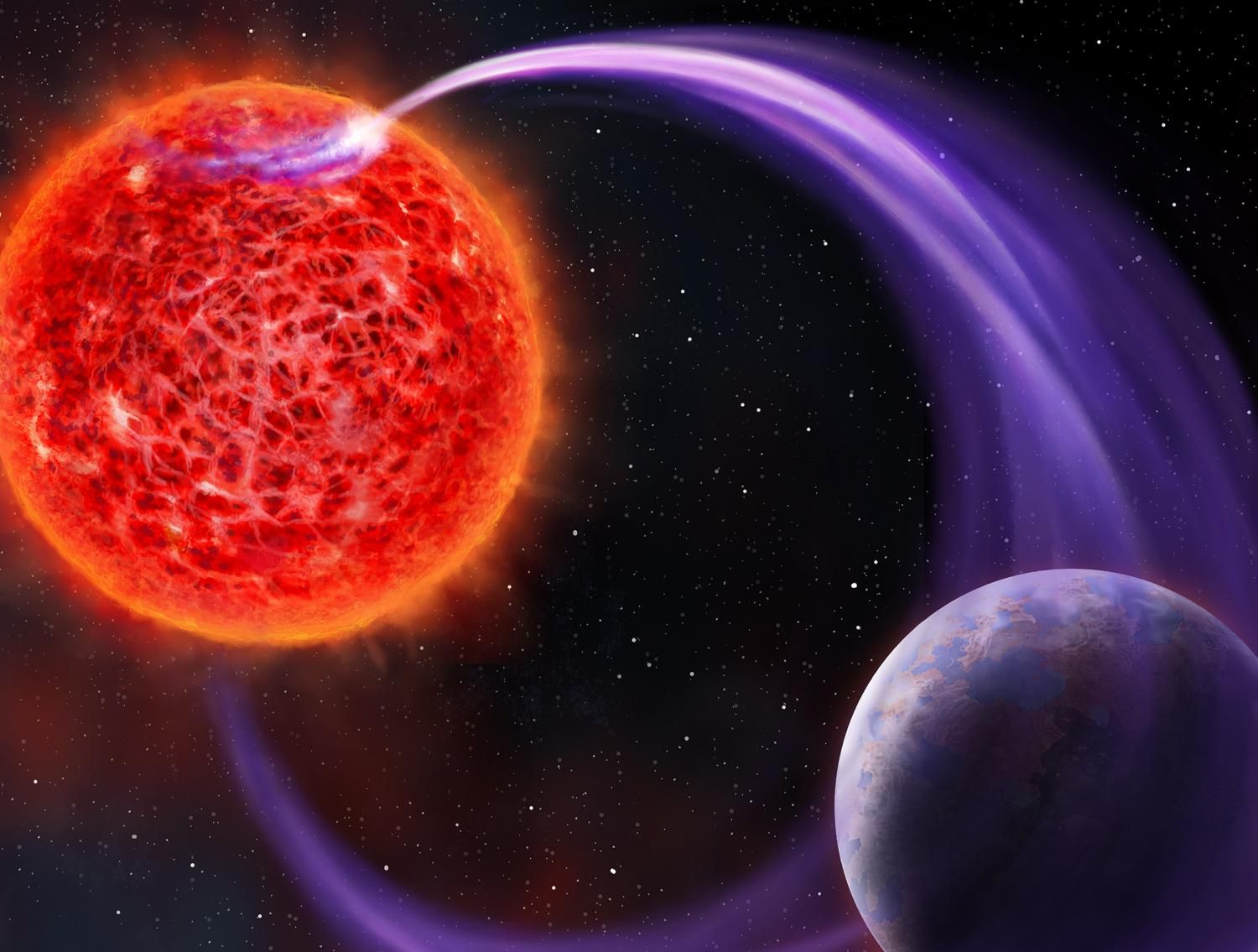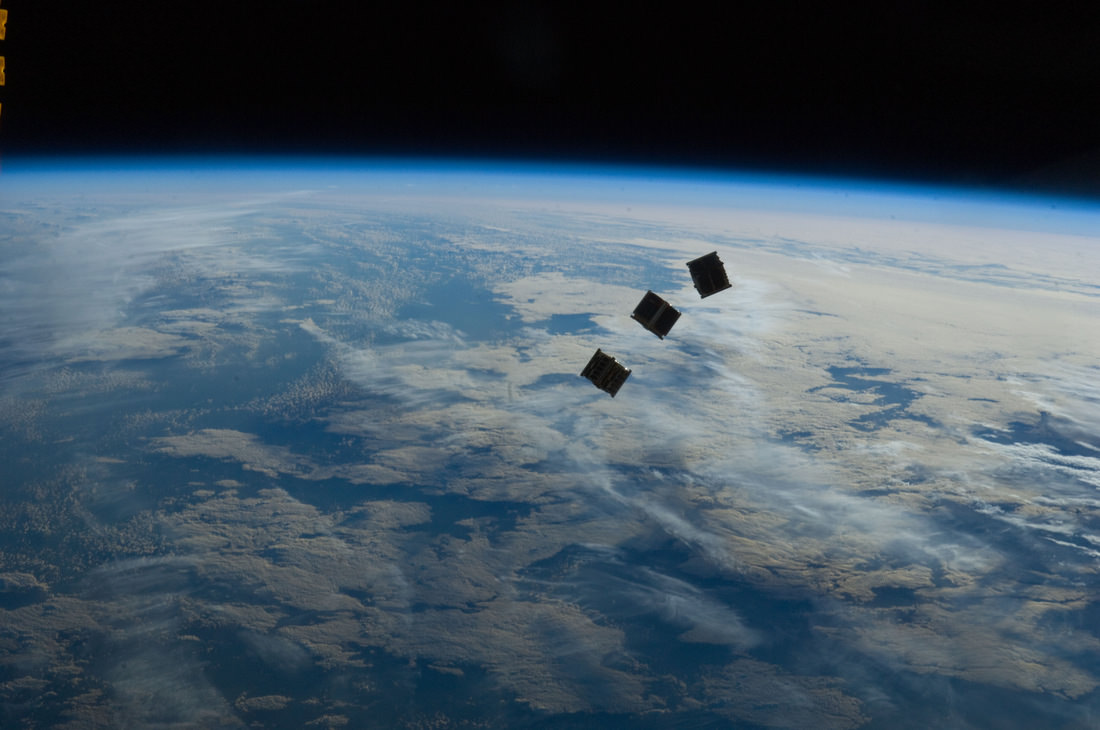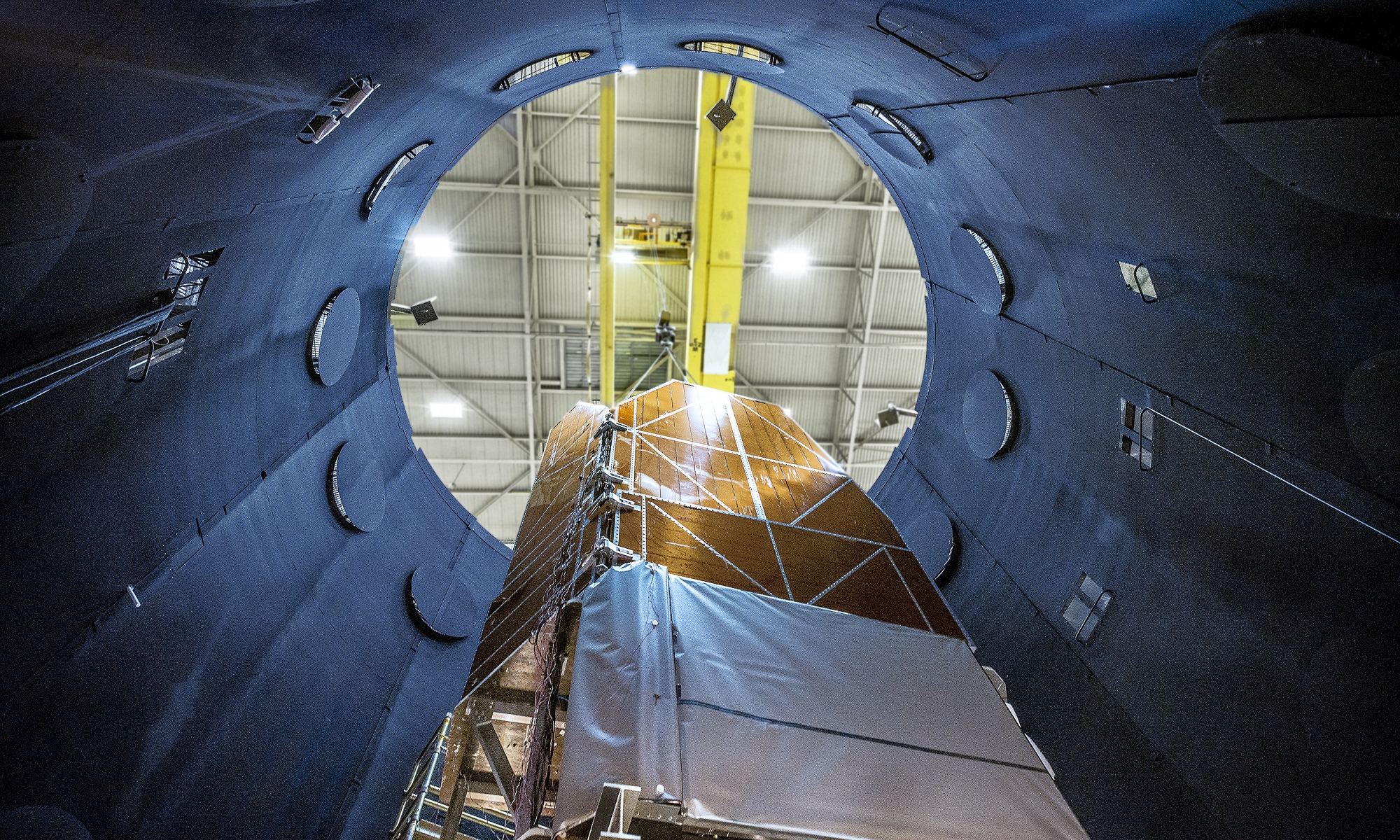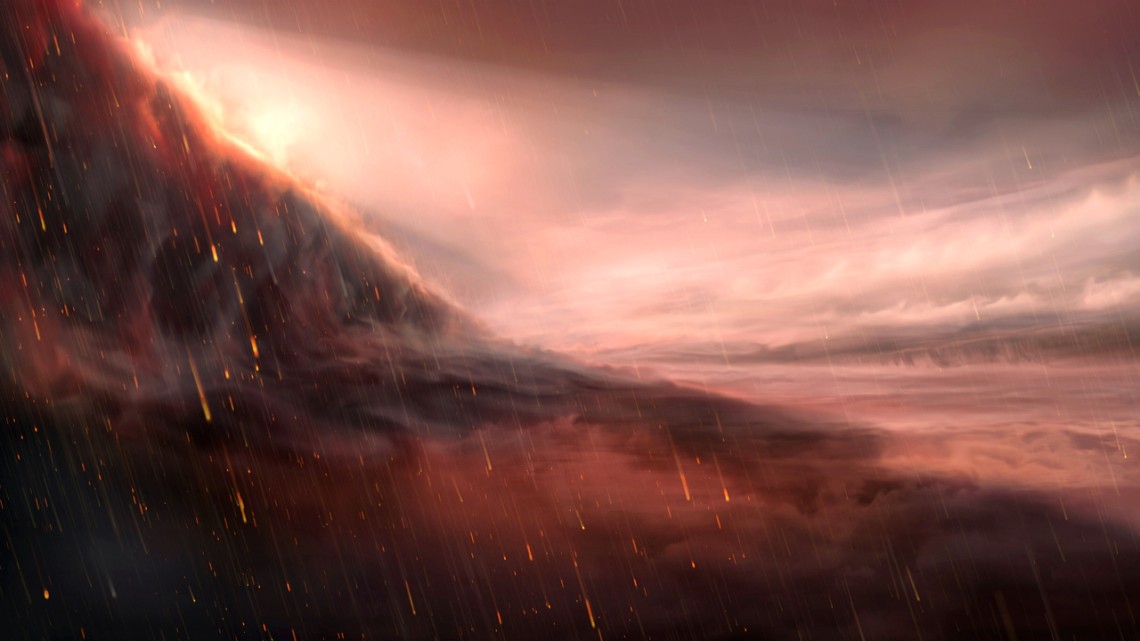A Long Distance Call
E.T. managed to call home with a Speak and Spell, buzzsaw blade, and an umbrella. The reality of interstellar communication is a bit more complicated. Space is really, really big. The power needed to transmit a signal across the void is huge. However, rather than using super high power transmitters, recent research by Stephen Kerby and Jason T. Wright shows that we could make use of a natural signal gain boost built into solar systems – the gravitational lensing of a solar system’s star. Networking a series of stars as nodes could get signals across vast tracts of the Milky Way. And we may be able to detect if our Sun is already part of an alien galactic communication network.


